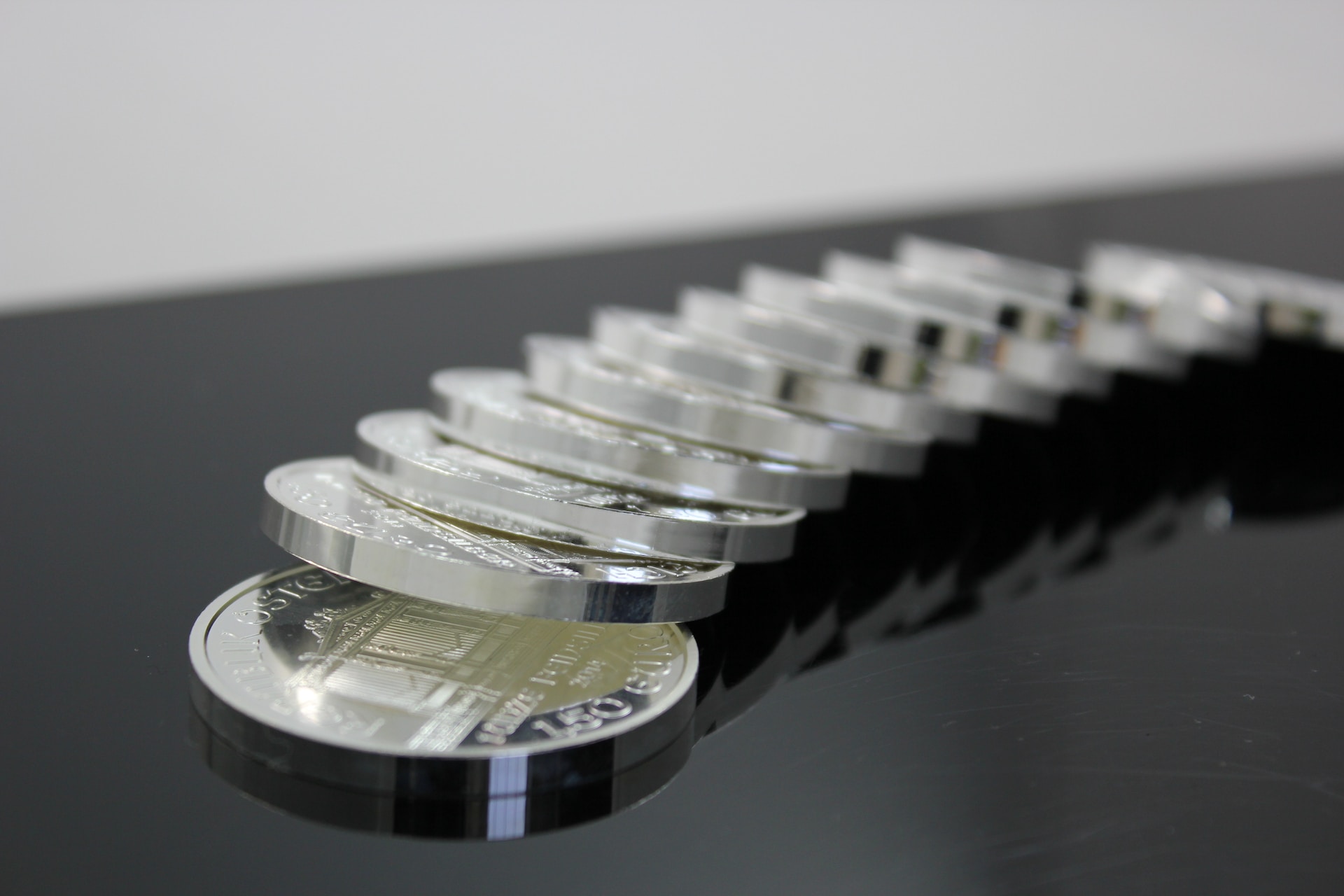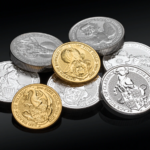As an investor, you understand the value of owning precious metals like silver. Silver is a popular investment because it can help diversify your portfolio and provide a hedge against inflation. However, not all silver is created equal. If you’re planning to invest in silver bullion or coins, knowing how to identify authentic pieces is crucial. Here are some tips and tricks to help you make informed decisions when buying silver.
Understand the Terminology
To identify authentic silver bullion, you first need to understand the terminology used in the industry. Some standard terms include:
- Bullion: This refers to any form of precious metal traded primarily for its intrinsic value rather than its aesthetic or collectible value.
- Coin: A coin is a form of bullion minted by a government and has a face value. Coins can be collectible but are primarily traded for their precious metal content.
- Fine silver: Fine silver refers to silver that is 99.9% pure.
- Sterling silver: Sterling silver is an alloy that contains 92.5% silver and 7.5% other metals, usually copper.
Check the Weight
One of the easiest ways to identify authentic silver bullion and coins is to check the weight. Silver is a dense metal, and authentic pieces should weigh what they should. Use a high-precision scale to weigh the silver and compare the weight to the specifications provided by the manufacturer or mint.
Look for Hallmarks
Hallmarks are marks or stamps on silver that indicate the piece’s quality, purity, and origin. These marks are usually located on the surface of the silver and can be difficult to see without a magnifying glass. Look for hallmarks that indicate the piece is made from authentic silver, such as “999” or “925.”
Conduct a Magnet Test
Silver is not magnetic, so if a piece of silver bullion or a coin is attracted to a magnet, it is likely not authentic. Take a strong magnet and hold it near the silver. If the silver is attracted to the magnet, it is likely fake or has a high percentage of impurities.
Conduct an Acid Test
Acid tests are used to determine the purity of silver by analyzing its reaction to acid. To conduct an acid test, you must purchase an acid testing kit containing nitric acid and a testing stone. Place a small drop of nitric acid on the testing stone and rub the silver on it. The acid will react differently depending on the silver’s purity level, indicating its authenticity.
Research the Seller
When buying silver bullion, it’s essential to research the seller. Only purchase from reputable dealers with a proven track record of selling authentic silver. Look for reviews and feedback from previous customers and check the dealer’s rating with the Better Business Bureau. Beware of sellers offering prices significantly lower than market value, as this could be a red flag for counterfeit silver.
Consider the Aesthetics
Although the weight, hallmarks, and purity are the most important factors when identifying authentic silver, the piece’s aesthetics can also provide some clues. Look for pieces that have sharp, defined edges and a consistent finish. Authentic silver will have a distinct metallic lustre that is difficult to replicate with counterfeit materials.
Conclusion
In conclusion, silver bullion can be smart for diversifying your portfolio and protecting your wealth. However, knowing how to identify authentic silver is essential to ensure you get what you paid for. Remember to check the weight, look for hallmarks, conduct a magnet and acid test, research the seller, and consider the piece’s aesthetics. Following these tips and tricks, you can make informed decisions when buying silver and avoid falling victim to counterfeit pieces.













